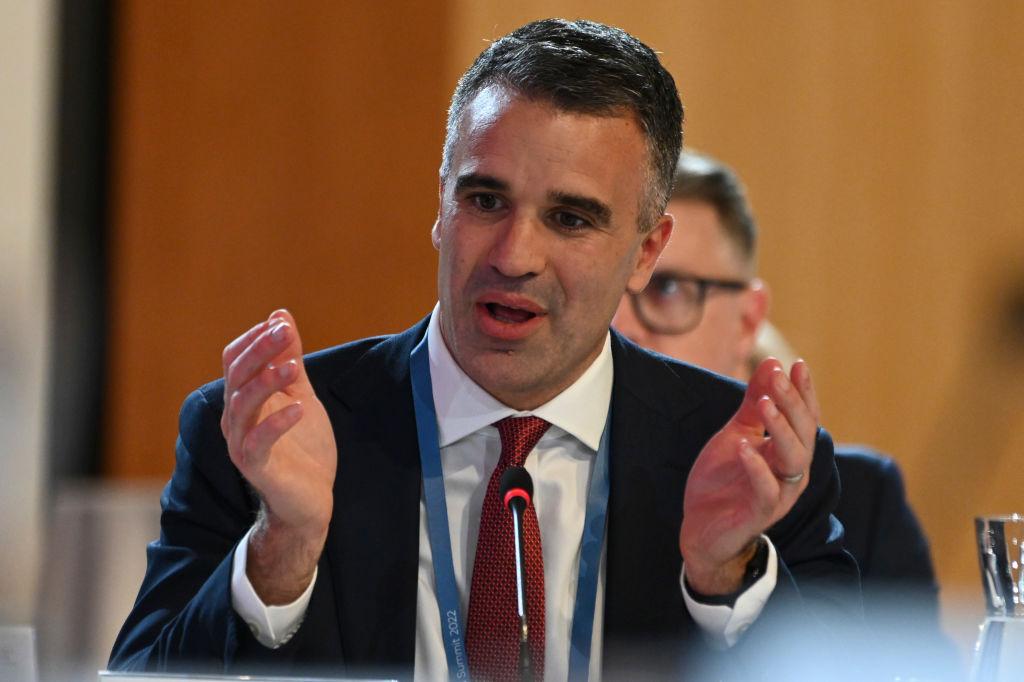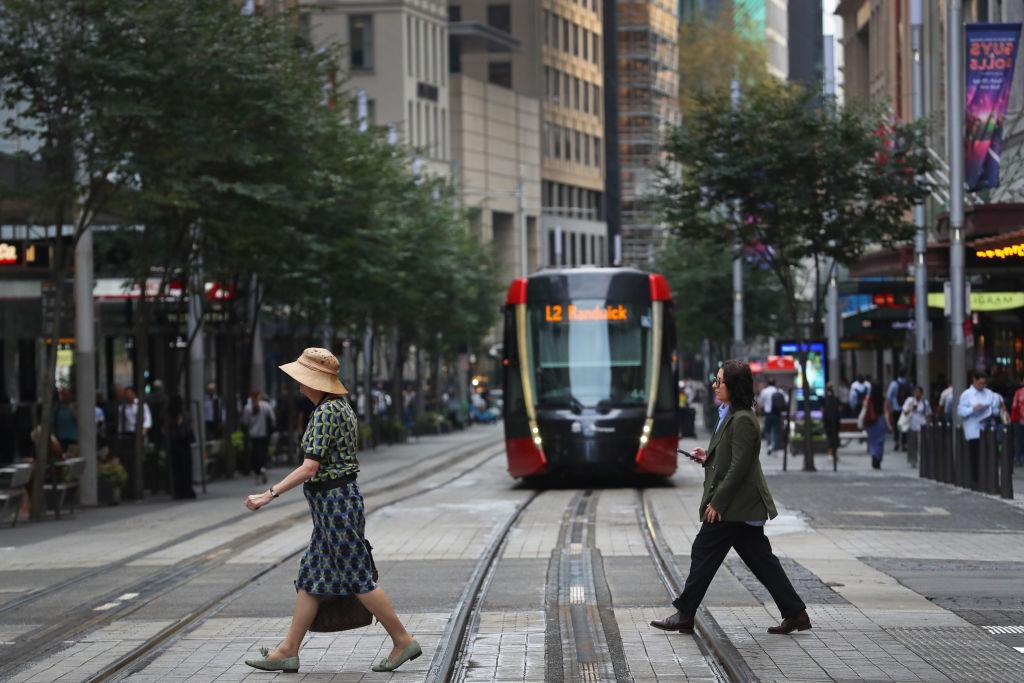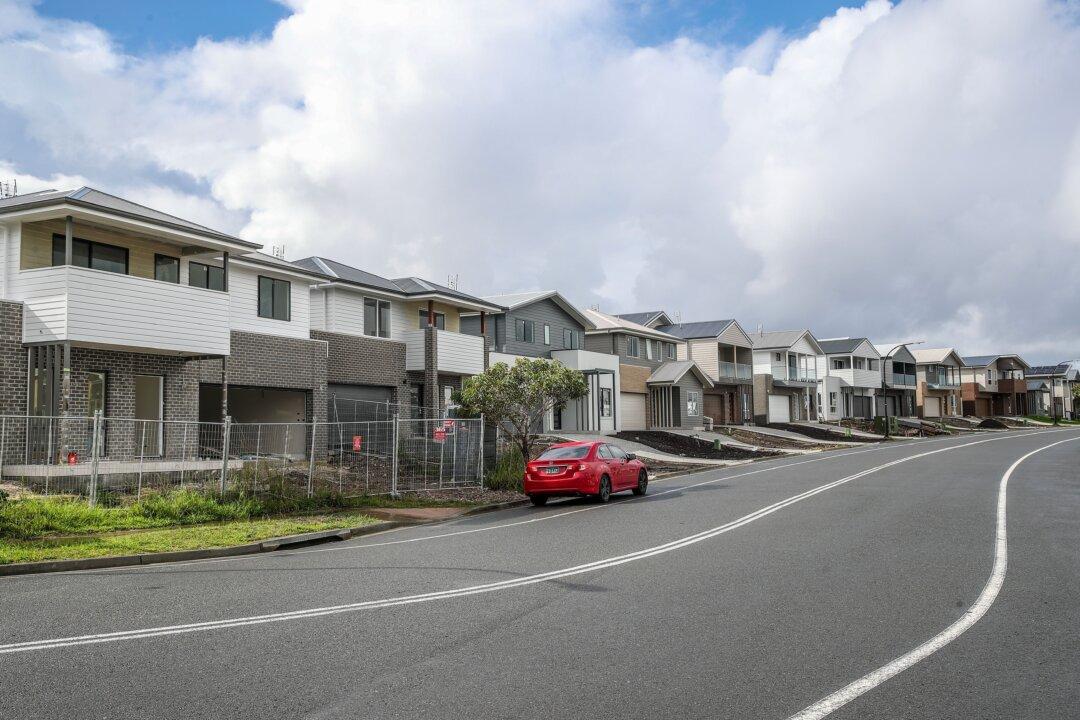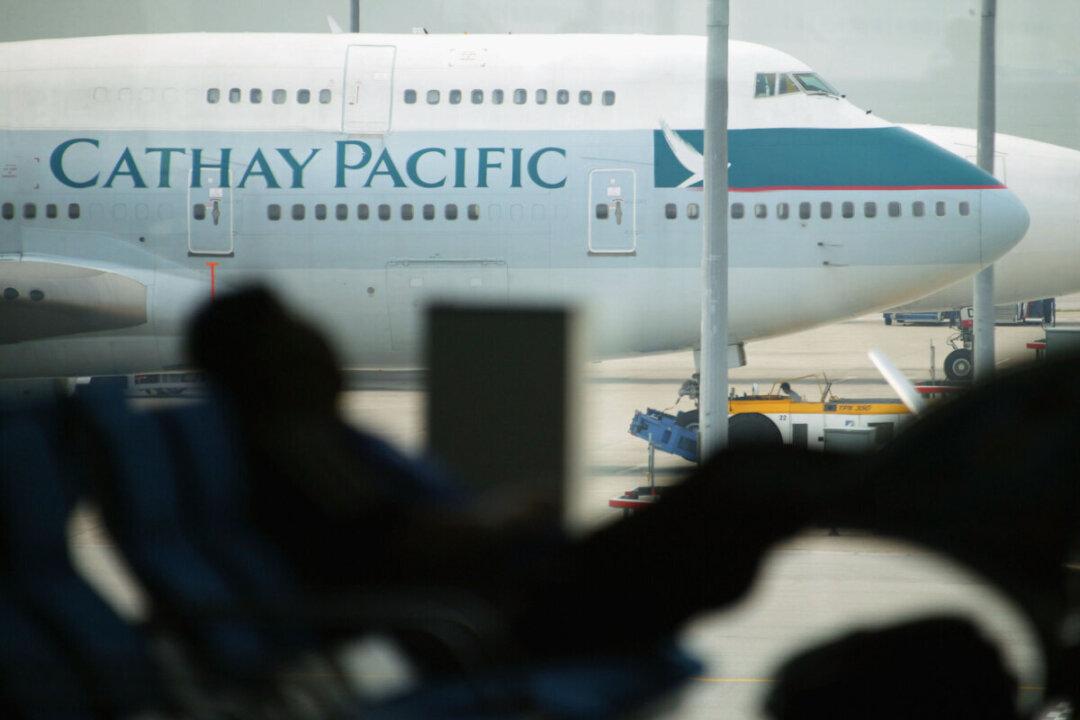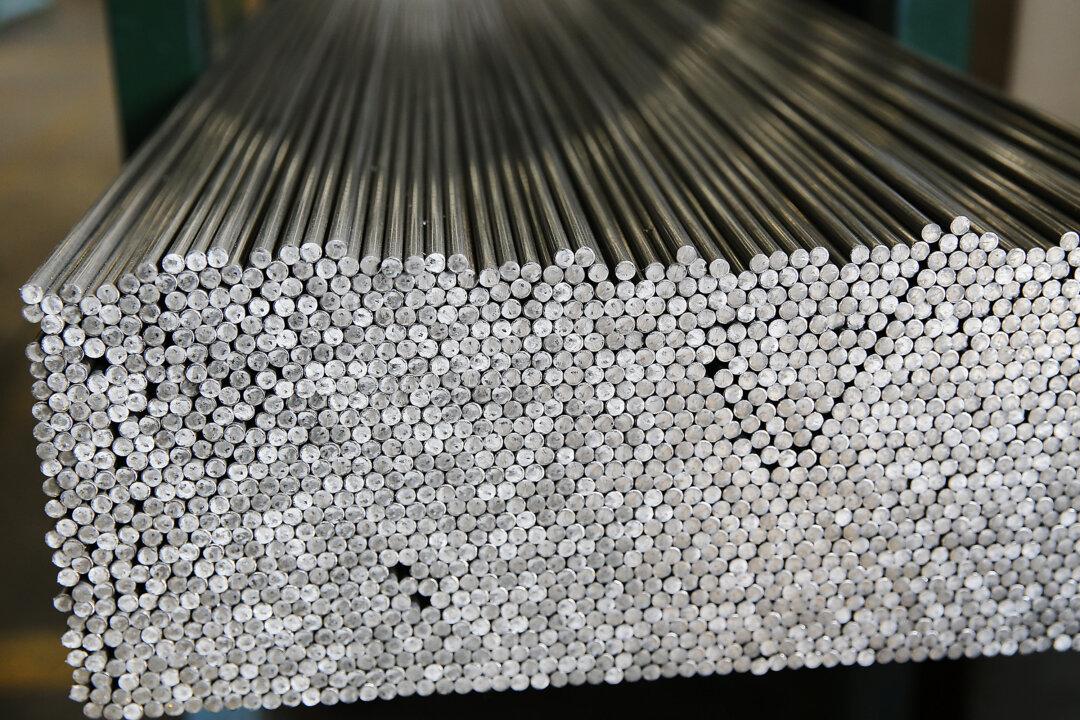South Australia and California have agreed to collaborate on developing clean renewable hydrogen projects to produce green hydrogen and other low and zero carbon fuels.
The letter of cooperation, signed by South Australian Premier Peter Malinauskas and California Acting Gov. Eleni Kounalakis, also includes a partnership between Hydrogen Power SA, the California Natural Resources Agency, and the California Energy Commission.
